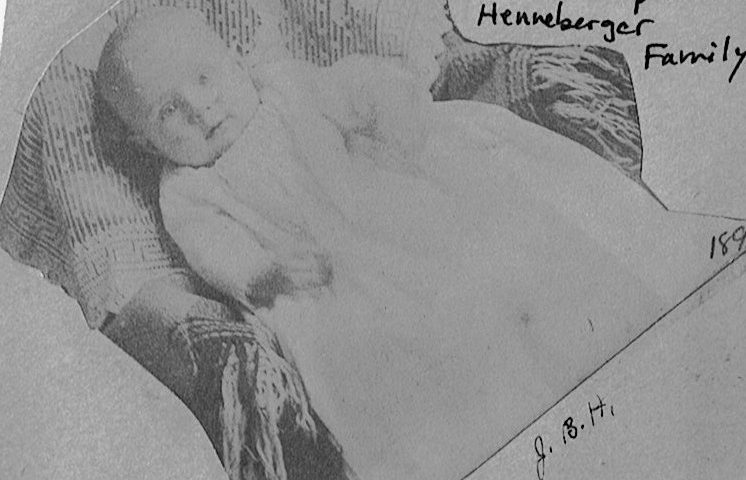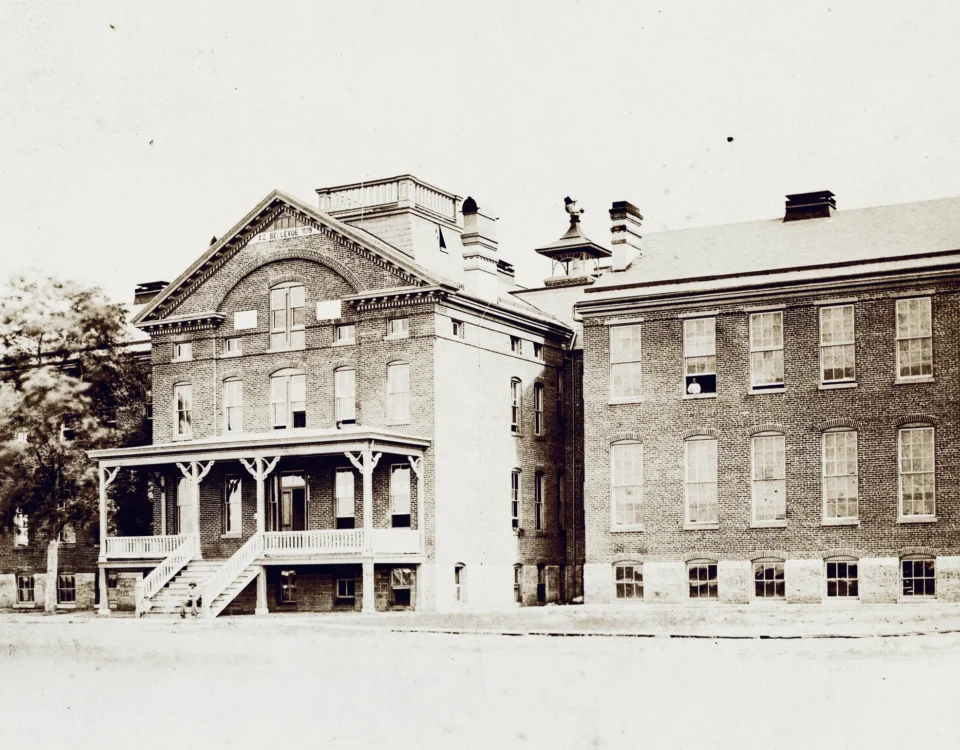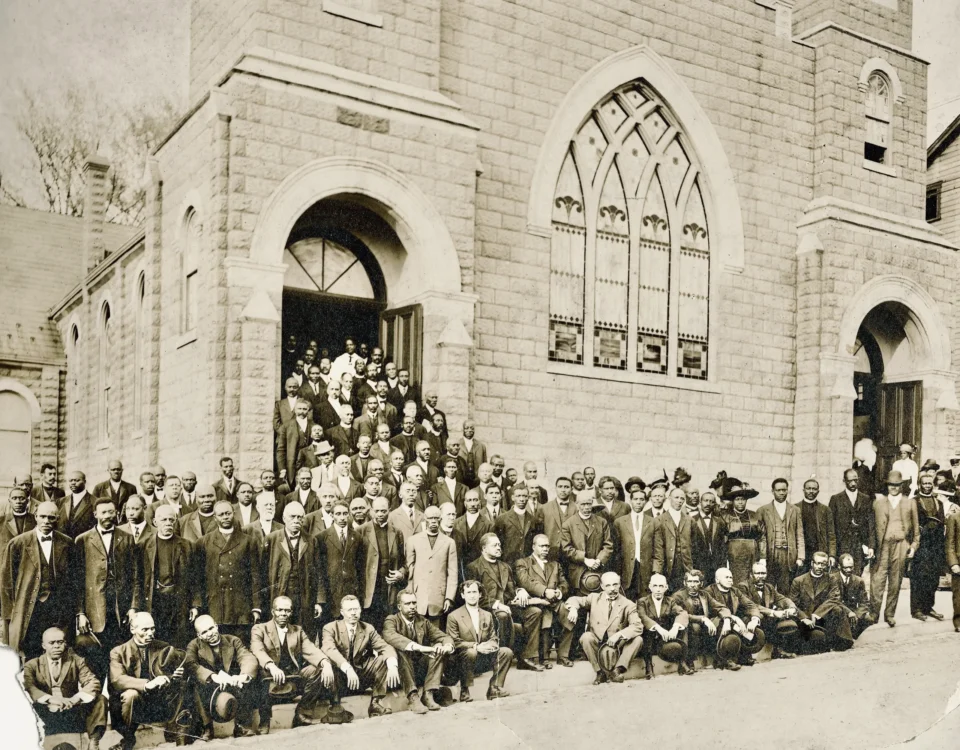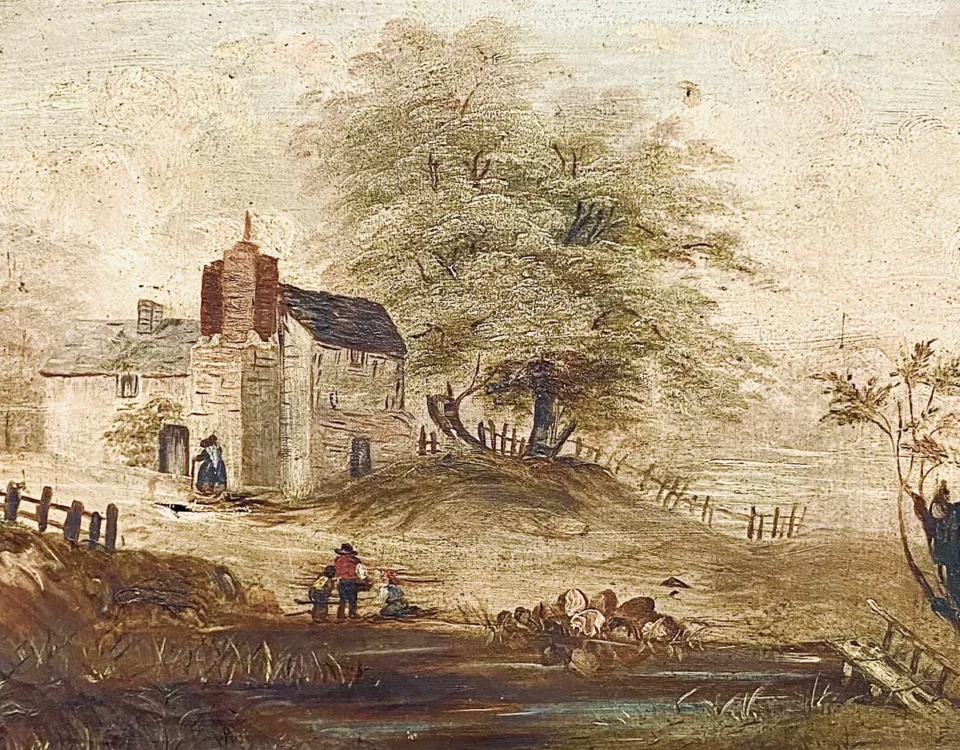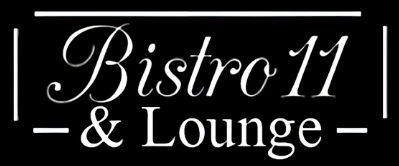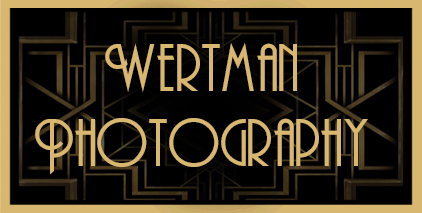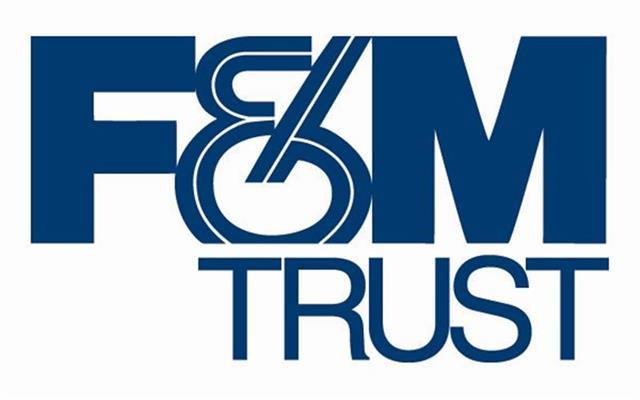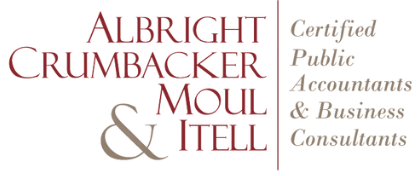By Anna Cueto
Prior to becoming the curator for the Miller House Museum, I trained at the University of Pittsburgh to become an archivist. It’s one of the top archives programs in the country, and I say this not to completely toot my own horn, but because attending the program taught me some extremely valuable information about handling items like film, photographs, and documents. And I like sharing that information with people, but with one large change: I like to teach people how to archive on a budget.
The holidays are a perfect time to think about archiving or preserving your family photographs, movies, and other memories, because often, you already are planning on seeing the people who hold most of the information that you need! So with the holidays in mind, here is a short guide to gathering, organizing, and storing your family photographs like an archivist.
The first and most important thing is to evaluate what you have, what you would like to save, and how you are currently storing it. Artifacts are like people – they do not like to be too hot or cold, too wet or too dry, and they really do not like being left out in the sun all day. So attics, basements, and garages, unless climate controlled, are not great places to leave collections of items. I recommend a closet in the home, or placing them under the bed. And how are they being stored? Cardboard boxes, which are very acidic, are not a good way to store anything. They will start to destroy your precious family artifacts. Instead, grab plastic tubs from your local big box store! This changes if you have glass plate negatives or case photographs like daguerreotypes or tintypes. Curious to know more about housing these special artifacts? Just get in touch!
Moving on to the objects themselves, there is one simple test that you can perform at home to evaluate the health of your films and photographs. Give them a sniff. Do they smell like vinegar? If they do, your films are starting to degrade, and need to be stored in colder temperatures to stall the decay process. Photographic and movie films can be stored in your refrigerator or freezer so long as you can ensure low humidity – and make sure that they are in proper containers. Don’t place bare film in your fridge or freezer! As a side note, if you have family films that predate 1952, make sure that they are on safety stock, rather than nitrate film. Nitrate film that starts to degrade is extremely flammable – so much so that it can even burn under water. You will want to either make sure these films are properly stored, or have them updated to a safety stock or digital format. Just like if you have case photographs or specialty negatives, if you are not sure whether you have nitrate films, please contact the historical society. I can help you to identify older films, and if you have local films that qualify for our film preservation program, we might be able to help you digitize those films at no cost to you.
So once you have your films properly labeled and stored – feel free at this step to apologize to any husbands or boyfriends who lost their garage beer fridges in pursuit of properly storing your family artifacts – we can move on to properly storing the photographs themselves. My personal philosophy in storing photographic prints is to store each one separately in a labeled, acid-free envelope. Photos on photo stock will start to degrade each other while touching. While you can use inert plastic photo protectors for your prints, many people then place those into plastic binders which are not photo safe. Without getting too far into the chemistry behind plastics, many modern synthetic materials will give off chemical residue that can cause the degradation of textiles, photographs, documents, and more. The process is called “off-gassing,” and it is why most archivists are very picky about how objects are housed. The more proactively you can prevent decay, the longer the lifespan of your family heirlooms. It also helps prevent the need for costly conservation down the road. If you go the route of the individual acid free envelopes, you can find these cheaply in bulk through online stores like Amazon.
Let us take a minute to talk about scrapbooks. If you have modern scrapbooks, likely they already use acid-free materials, but older scrapbooks will use acidic papers. This does not mean, however, that you should dismantle an older scrapbook! Removing the photographs often means that you lose the valuable information associated with them. My solution for keeping older scrapbooks intact is to purchase acid-free paper or tissue paper and interleave the pages with the acid-free materials. In addition to purchasing these materials online, you can often find plain acid-free paper anywhere scrapbooking or photography supplies are sold.
Finally, we come to labeling your photographs and films, which is exceedingly important as years pass. Once the people and stories associated with the objects begin to pass away, the valuable information they hold can be lost forever. Labeling your photographic prints can be as simple as using a pencil to write lightly on the back. My approach to labeling is to assume that the person looking at the photograph knows nothing about the photograph. So writing the date, place, all of the people in the photograph, and any special reason why the photograph was taken, are all extremely valuable pieces of information. Always use pencil when labeling artifacts and their containers – you never know if that information might change, and you always want to be able to undo any changes you make to your artifacts. Do not use tape when labeling containers or objects – all tape leaves behind an adhesive residue which can damage your heirlooms!
Take advantage of family gatherings this year to break out your family photographs and films, and help identify those mystery relatives! You also never know what stories are hiding in the branches of your family tree. For example, how else would my brothers know that chasing me around with a toilet brush is a treasured family tradition? Photographs of old vacations or family goofing around make a great ice breaker during your holiday get-togethers.
I’ll leave you with one last note. I did not speak at length about going digital, because that would take a whole separate article. But do not be afraid to go digital! Negatives and prints can be scanned into your computer, and even stored on organized hard drives. In addition, there are numerous pieces of software which can help you to more easily organize your photographs and make sure that the people and dates are correctly labeled. So, armchair archivists, do not be afraid to tackle those boxes of family photographs this holiday! Organizing does not have to cost an arm and a leg, and the process can be both fun and rewarding.

